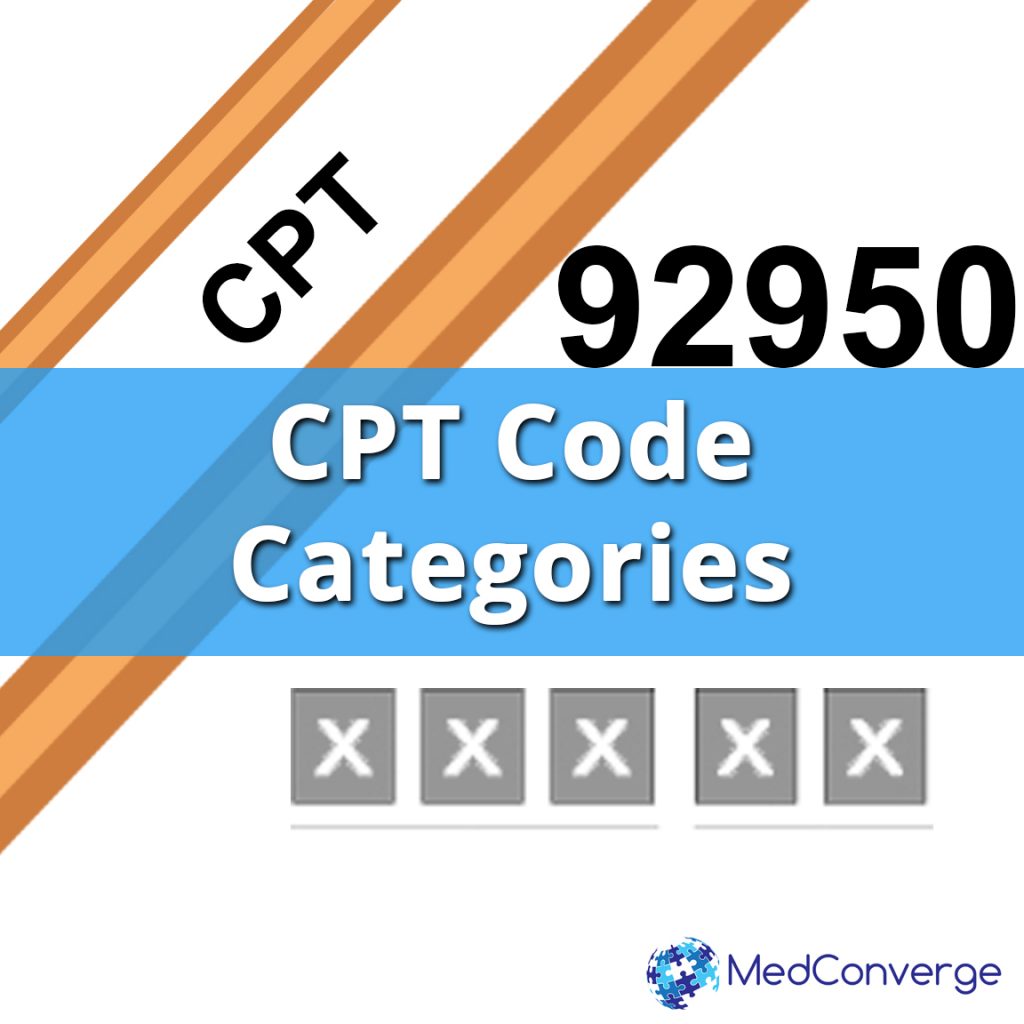CPT is short for Current Procedural Terminology, and is a set of medical codes that defines a slew of medical related procedures and services to physicians, health insurance companies and accreditation agencies. CPT procedures operate closely with ICD-9 and ICD-10 diagnostic coding, except it defines the services rendered, while the ICD coding focuses more in the diagnosis on the claim. Thus it ensures a sense of uniformity during the medical billing process.
Types of CPT codes
CPT is registered by the American Medical Association and is maintained through the CPT Editorial Panel of the association. These codes are divided into three categories- Category 1, Category 2 and Category 3. The CPT is updated once a year to keep up with the changing billing practices and services.
Category 1 deals with the procedures and contemporary medical practices that are popularly in use. They comprise of five digit codes that are associated with corresponding services that are approved by the FDA. Category 1 is further broken down into six sub divisions:
- Evaluation and Management
- Anesthesiology
- Surgery
- Radiology
- Pathology and laboratory
- Medicine
Category 2 focuses on the clinical laboratory services, which oversees the performance measures of the quality of health care. This set of codes are overseen and reviewed by the Performance Measures Advisory Group (PMAG), which comprises of experts in performance measurement who represent the Agency for Healthcare Research and Quality (AHRQ). Category 2 uses a string of alphanumeric character, where the first four characters are numerical digits and the fifth character is the letter F. The Category Codes are:
- Composite measures
- Patient management
- Patient history
- Physical examination
- Diagnostic/ screening processes of results
- Therapeutic, preventive or other interventions
- Follow- up or other outcomes
- Patient safety
Category 3 includes codes for newer technologies, services and procedures that are yet to gain popularity among the masses and in the medical field itself. These are temporary codes and most will be revised in the near future. Some of these procedures my not even have FDA approvals, thus they lack in proven clinical efficacy. Most of these procedures will be in various stages of ongoing research. The primary purpose of these codes is to help track and record newer, emerging procedures and services.
CPT Coding guidelines
One of the biggest changes in the medical billing happened in 2015 when ICD-9 was replaced by a revised, more extensive ICD-10. This move has also impacted the CPT coding processes as well, in order to keep up with the changing billing practices.
Although CPT guidelines undergo a fair bit of revision each year, billing practitioner usually take some time to adjust to the new methods and operations which hinders reimbursements a great deal. It is thus important for medical practitioners to adhere to these codes of compliance in strict order and to oversee accurate inclusion of these codes in the billing. Any discrepancies in billing and coding will result in delay of reimbursements and will require your billing and compliance teams to put in additional effort and time in order to sort out the issue at the earliest.
It is of utmost importance that your billing is error free and compliant. One way to ensure this is to outsource your billing to a professional billing company – thus leaving you with more time to do what you do best – take care of your patients.
References
- CPT®. (2017). Retrieved January 12, 2017, from www.ama-assn.org: https://www.ama-assn.org/practice-management/cpt?-process-how-code-becomes-code
- Rouse, M. (2015, June). Current Procedural Terminology (CPT). Retrieved January 12, 2017, from searchhealthit.techtarget.com: http://searchhealthit.techtarget.com/definition/Current-Procedural-Terminology-CPT
- ROY, M. (2016, February 02). Medicare Billing Codes and CPT® Coding Guidelines. Retrieved January 12, 2017, from blog.audioeducator.com: http://blog.audioeducator.com/cpt-coding-guidelines/








